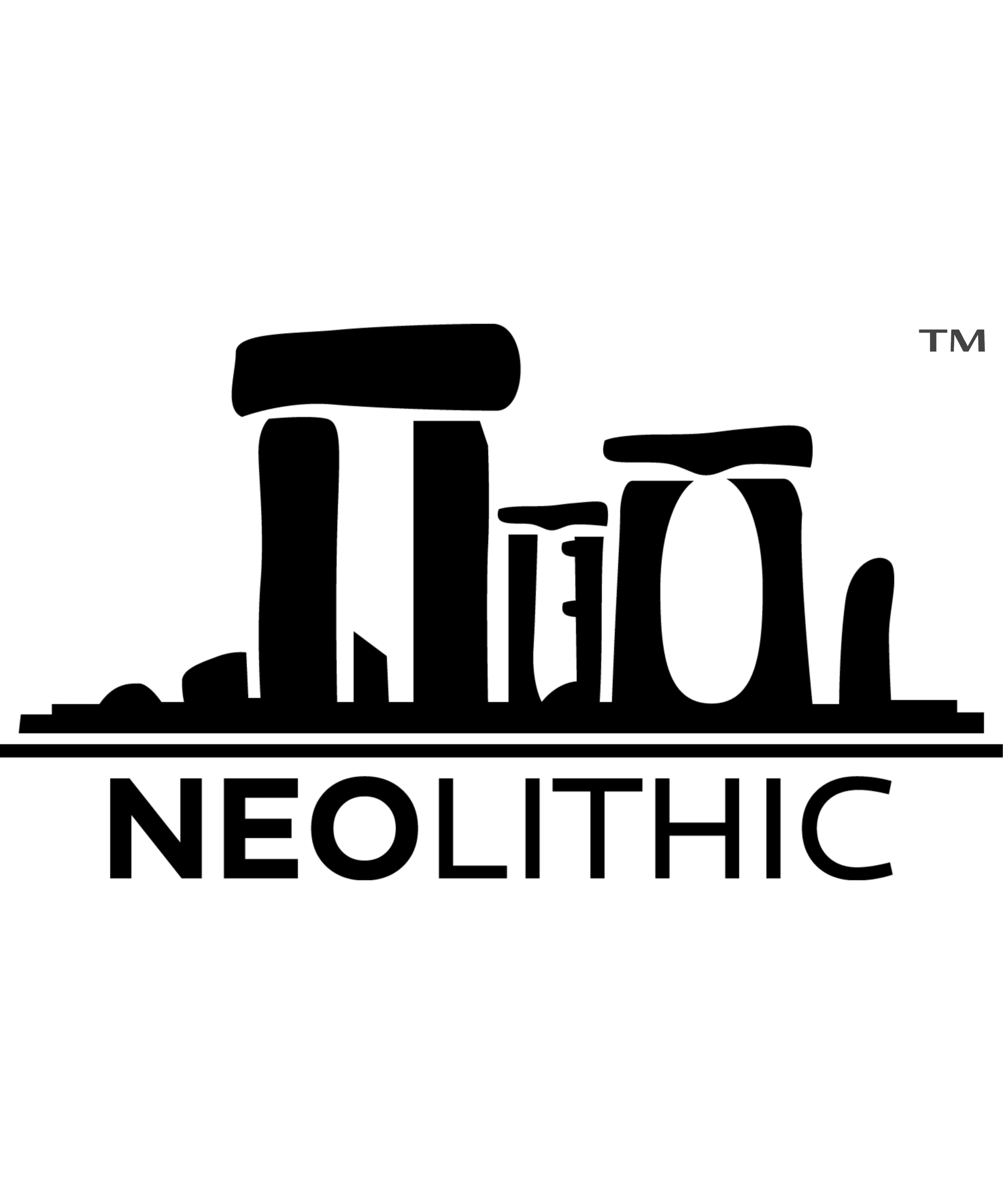
Decoding the Mysteries of Norse Runes
Norse runes, the ancient alphabet of the Viking Age and early Scandinavian societies, hold a captivating allure for historians, linguists, and enthusiasts alike. These enigmatic symbols were more than just a writing system; they carried profound cultural, spiritual, and magical significance. In this blog post, we delve into the origins, meanings, and uses of Norse runes, unraveling the mysteries of this ancient script.
The Origins of Norse Runes
The Norse runes, also known as the Elder Futhark, date back to around 150-800 CE. The word “Futhark” derives from the first six runes in the sequence: Fehu, Uruz, Thurisaz, Ansuz, Raido, and Kaunan. This alphabet evolved from earlier runic systems used by Germanic tribes, likely influenced by the Italic alphabets of the Roman Empire.
The Elder Futhark consists of 24 runes, each representing a sound or phoneme. The runes are typically straight-lined, making them easier to carve into wood, stone, or metal. As the Viking Age progressed, the Elder Futhark evolved into the Younger Futhark, which simplified the alphabet to 16 runes and was used from the 9th to the 12th century.
Meanings and Interpretations
Each rune in the Elder Futhark carries a specific name, sound, and symbolic meaning. These meanings often reflect the natural world, human experiences, and Norse mythology. Here are a few examples:
1. Fehu (ᚠ)
- Sound: F
- Meaning: Wealth, prosperity
- Symbolism: Represents cattle, which were a primary measure of wealth in ancient societies.
2. Uruz (ᚢ)
- Sound: U
- Meaning: Strength, health
- Symbolism: Symbolizes the wild aurochs, an extinct species of large cattle, embodying physical power and vitality.
3. Thurisaz (ᚦ)
- Sound: Th
- Meaning: Giant, thorn
- Symbolism: Represents the destructive and protective forces, often associated with giants in Norse mythology.
4. Ansuz (ᚨ)
- Sound: A
- Meaning: God, communication
- Symbolism: Linked to the god Odin, associated with wisdom, communication, and divine inspiration.
5. Raido (ᚱ)
- Sound: R
- Meaning: Journey, movement
- Symbolism: Represents travel, both physical and spiritual, and the journey of life.
Uses of Norse Runes
Norse runes were used for various purposes, ranging from mundane record-keeping to complex rituals and magic. Here are some of the key applications:
1. Writing and Communication
Runes were primarily used for writing inscriptions on stones, wooden objects, and metalwork. These inscriptions could commemorate events, mark ownership, or serve as memorials. The runestones scattered across Scandinavia, often elaborately decorated and inscribed with runic text, provide valuable historical insights into Viking Age society.
2. Magic and Divination
Runes held a special place in Norse magic and divination practices. The belief in the mystical power of runes is well-documented in the sagas and eddas. They were used in various rituals to invoke protection, blessings, or curses. Divination, known as “rune casting,” involved drawing runes and interpreting their meanings to gain insights into future events or seek guidance.
3. Symbols of Identity and Protection
Runes were often used as personal symbols or talismans. Warriors might inscribe runes on their weapons or armor for protection and strength in battle. Similarly, individuals might carry runic amulets or engrave runes on household items to invoke specific qualities or guard against harm.
The Legacy of Norse Runes
The legacy of Norse runes endures in modern times, continuing to fascinate and inspire. Today, runes are studied by scholars and embraced by enthusiasts interested in ancient languages, history, and mysticism. They appear in various forms of popular culture, from literature and films to tattoos and jewelry, symbolizing a connection to the ancient Norse heritage.
Conclusion
Norse runes offer a profound glimpse into the culture, beliefs, and daily lives of early Scandinavian societies. Their multifaceted uses and rich symbolism reflect a world where language, magic, and spirituality were deeply intertwined. As we decode the mysteries of these ancient symbols, we uncover the timeless wisdom and enduring legacy of the Norse people. Whether carved into stone or invoked in rituals, the runes continue to speak to us across the centuries, whispering the secrets of a bygone age.

